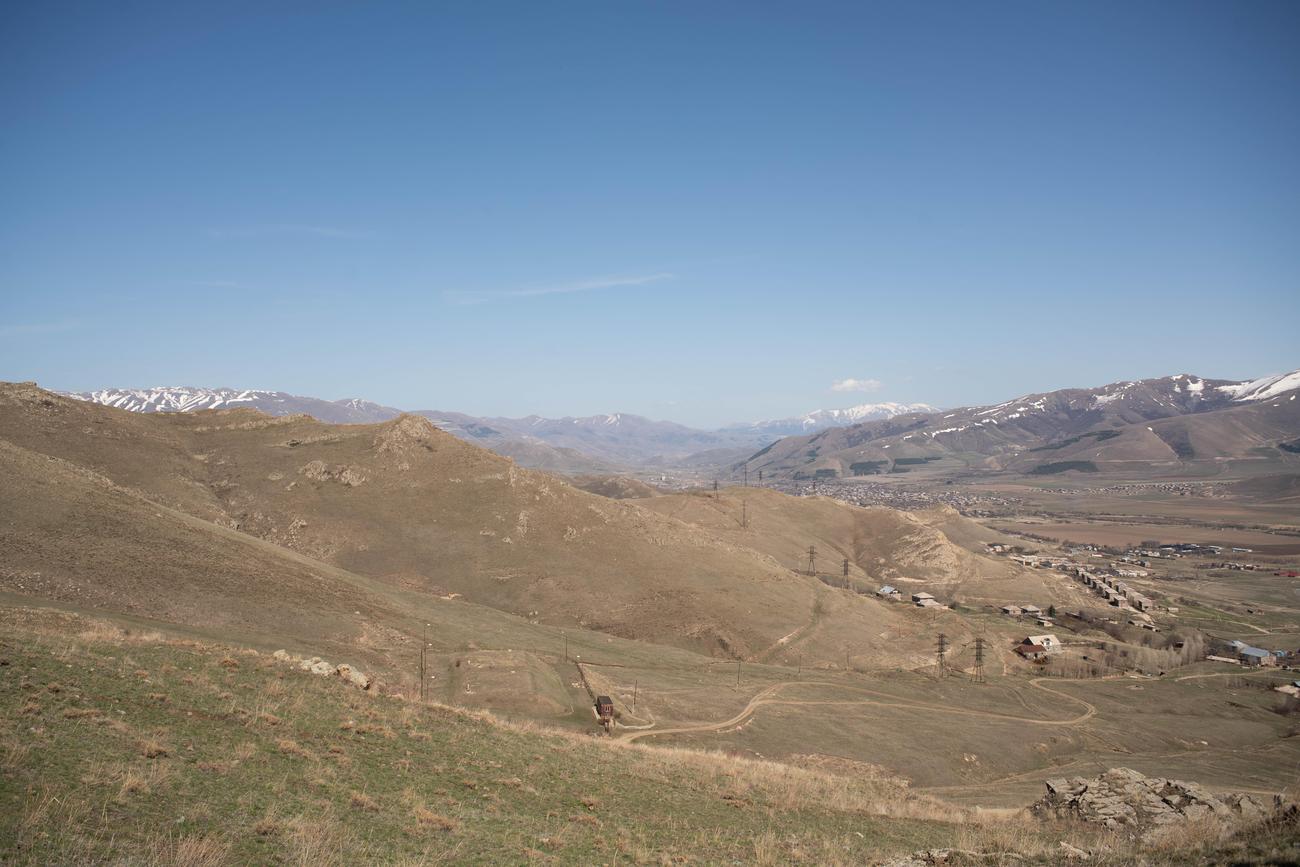Are you ready to embark on a thrilling journey into the depths of Armenian history? Join me as we uncover a myriad of captivating facts that will leave you in awe of the ancient civilization that once flourished in this land. From the birth of an empire to the fusion of diverse cultures, Armenian history is a tapestry woven with intriguing details and remarkable events. Prepare to be amazed as we delve into the rich past of this fascinating nation, shedding light on lesser-known aspects and unveiling the secrets that have shaped Armenian culture and heritage. Get ready to explore the captivating world of Armenian history as we unveil its hidden treasures and uncover the mysteries of the ages.

Interesting Facts About Armenian History
Armenia, a country with a rich and ancient history, has countless captivating tales to tell. From its establishment as the first Armenian state of Urartu in 860 BC to its adoption of Christianity as its official religion in 301, Armenia has played a significant role in shaping world civilization. Let’s delve into some intriguing facts that unveil the captivating journey of Armenian history.
Throughout its long and eventful timeline, Armenia has experienced both periods of independence and subjugation under various empires. It has demonstrated resilience and preserved its unique cultural identity, making it a fascinating subject for historical exploration.
1. Ararat and Noah’s Ark: A Biblical Connection
Mount Ararat, a majestic peak towering over the Armenian landscape, holds great religious and historical significance. According to biblical tradition, it is believed to be the resting place of Noah’s ark after the great flood. This association with one of the most famous stories in human history adds an extra layer of allure to Armenia’s captivating past.
2. The Birthplace of Winemaking
Armenia proudly claims the title of being home to the world’s oldest winery. Archaeologists have discovered a 6,100-year-old winemaking facility in the village of Areni, featuring fermentation vats, grape seeds, and remnants of ancient wine production. This discovery cements Armenia’s role as a pioneer in viniculture, shaping the traditions and practices of winemaking that have been passed down through generations.
3. The Kingdom of Tigranes the Great
During the 1st century BC, the Kingdom of Armenia reached unprecedented heights under the rule of Tigranes the Great. This visionary monarch expanded the kingdom’s territory and transformed Armenia into a prominent regional power. Tigranes the Great’s reign marked a golden era for Armenia, characterized by cultural advancement, architectural achievements, and diplomatic prowess.
4. Byzantine Influence and the Armenian Alphabet
In the early Middle Ages, Armenia found itself under Byzantine influence. This cultural absorption led to the creation of the Armenian alphabet by Mesrop Mashtots in the 5th century AD. The Armenian alphabet, with its unique script, not only revolutionized communication but also became an essential tool for preserving Armenian identity and literature.
5. The Armenian Genocide and Its Global Impact
Tragically, the early 20th century marked a dark period in Armenian history. The Armenian Genocide, perpetrated by the Ottoman Empire during World War I, led to the death of up to 1.5 million Armenians and the forced dispersion of many others. This genocide had a profound and lasting impact on the Armenian diaspora, as survivors sought refuge and established new communities around the world.
Despite the hardships faced by the Armenian people, their rich culture and heritage have endured. Today, Armenia is known for its breathtaking churches and monasteries, picturesque landscapes, and delicious traditional cuisine.
In conclusion, the history of Armenia is a treasure trove of captivating facts that deserve to be unearthed and celebrated. Whether it’s the ancient connections to biblical stories, the birth of winemaking, the legacy of Tigranes the Great, the creation of the Armenian alphabet, or the resilience of the Armenian people, each aspect contributes to a narrative that is as diverse as it is fascinating. These interesting facts about Armenian history are just the tip of the iceberg, inviting us to further explore the depths of this ancient civilization. As we uncover more intricate details, we gain a deeper understanding and appreciation for the remarkable journey that Armenia has traveled throughout the ages.
“Armenia’s history is a testament to the endurance of a nation and the triumph of a unique culture.”
To truly delve into the rich and captivating history of Armenia, you’ll want to discover some fascinating facts about Armenian history. Did you know that Armenia is one of the oldest countries in the world? Its history spans over 3,000 years, filled with tales of dynamic rulers, ancient civilizations, and remarkable cultural contributions. If you’re eager to uncover more about the intriguing past of this enchanting country, click here for a journey through the ages: facts about armenian history. Prepare to be amazed as you explore the vibrant tapestry of Armenian heritage, where each chapter unveils hidden treasures and opens doors to a captivating world.
FAQ
Question 1
What is the significance of the first Armenian state of Urartu?
Answer 1
The first Armenian state of Urartu, established in 860 BC, holds great significance in Armenian history. It laid the foundation for the development of Armenian civilization and played a crucial role in shaping the region’s cultural and political landscape.
Question 2
When did Armenia become the first state to adopt Christianity as its religion?
Answer 2
Armenia became the first state in the world to officially adopt Christianity as its religion in the year 301. This momentous decision by King Tiridates III transformed the religious and cultural fabric of Armenia and had a lasting influence on the nation’s identity.
Question 3
What is the connection between Mount Ararat and Armenian history?
Answer 3
Mount Ararat, historically significant to Armenia, has biblical associations as the resting place of Noah’s ark. It was once a part of Armenian territory and holds an important place in Armenian folklore, literature, and cultural heritage.
Question 4
What happened during the Armenian Genocide in the early 20th century?
Answer 4
The Armenian Genocide, which occurred in the early 20th century, was a tragic event where up to 1.5 million Armenians were killed and many more were forcibly displaced from their homeland. This devastating event had a profound impact on the Armenian population worldwide.
Question 5
What aspects of Armenian culture are renowned today?
Answer 5
Armenia is known for its rich culture and heritage, which includes its magnificent churches and monasteries, breathtaking landscapes, and delectable traditional cuisine. These aspects contribute to the country’s charm and attract visitors from all over the world.
“`json
“`
- Unlock Elemental 2 Secrets: Actionable Insights Now - April 2, 2025
- Lot’s Wife’s Name: Unveiling the Mystery of Sodom’s Fall - April 2, 2025
- Photocell Sensors: A Complete Guide for Selection and Implementation - April 2, 2025
















